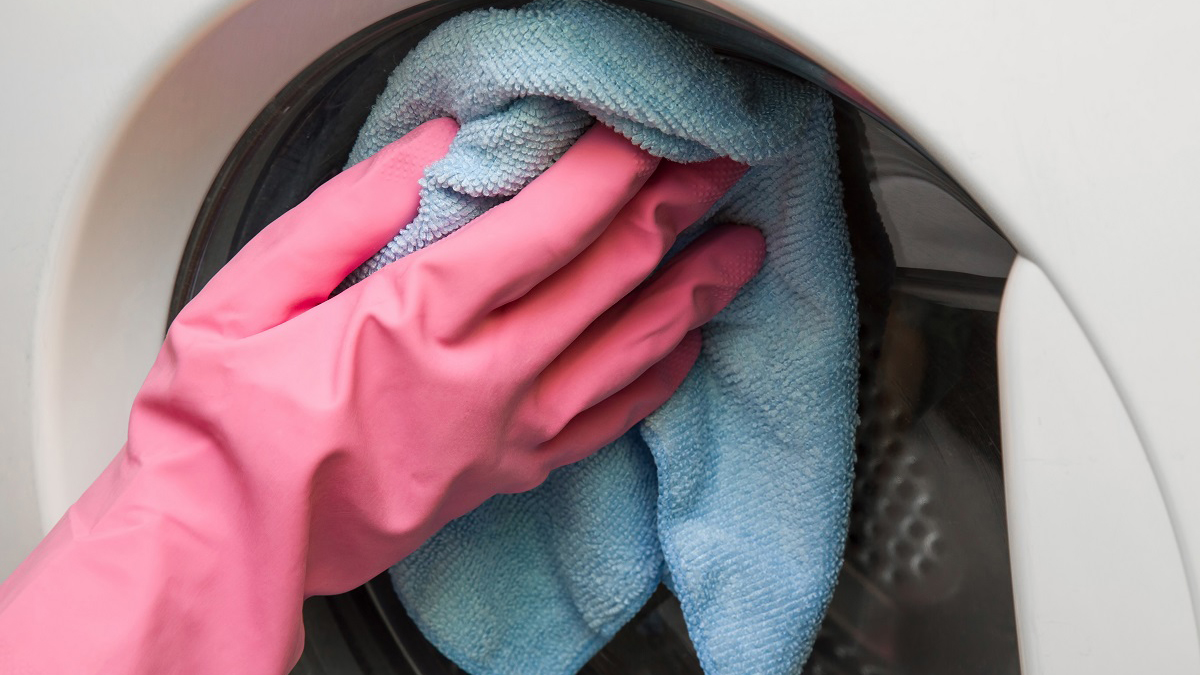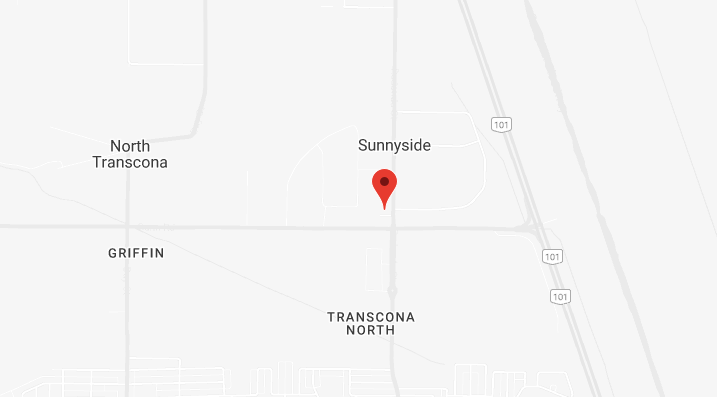The PuroClean Blog
How to Properly Clean Your Washing Machine and Dryer

Washing machines and dryers require periodic cleaning, too! Over time, washing machines collect detergent residue which may lead to mould and less efficient washes. Also, dryers collect lint that can become fuel for a fire. Thus, the washer and dryer should be cleaned and maintained regularly to keep them safe.
How to Clean Washing Machines
- Homeowners should run the longest and hottest cycle with water and regular baking soda (without laundry). About two cups of baking soda should be added directly into the washing machine. This combats mouldy smells that old soap and fabric softeners leave behind.
- Another cycle with white vinegar can be run. Two cups of white vinegar should be poured directly into the machine drum before running the longest and hottest cycle. This further eliminates musty odours, as well as soap and fabric deposits. For extra freshness, 10 drops of essential oil, such as tea tree or lavender, can be added into the mix.
- Cleaning the washing machine’s interior — The drum and agitator should be wiped down with vinegar and a cotton cloth. Any stains should be removed using a paste of baking soda and water, and a soft sponge.
- For front-load washers, the rubber seal attached to the washer door should be cleaned. It usually hosts mould which is bad for both indoor air and clothing. The seal should be cleaned with a cotton cloth dipped in white vinegar or an all-purpose cleaner.
- Now it’s time to give the washer door, the exterior surfaces, as well as the detergent dispensers a good clean. The removable dispensers should be taken out first. To clean these items, vinegar or a common cleaner and a cotton cloth can be used. For cracks and crevices, it’s best to use a toothbrush and baking soda.
How to Clean Clothes Dryers
- Cleaning the lint filter/trap — First, the filter should be removed and vacuumed out (depending on the dryer, the filter must be unscrewed first). Then, the lint in the filter trap can be cleaned using a narrow wand attachment on the vacuum cleaner.
- Vacuuming the dust in the back panel — Before doing this, the manufacturer’s instructions should be consulted first. If it’s safe to clean the back panel, the bolts should be unscrewed and the lint inside it can be vacuumed using a narrow brush, which can get inside difficult areas.
- Cleaning the lint in the drum — The interior drum and the dryer door should be washed thoroughly with a sponge and a cleaner.
- Vacuuming the duct — First, the lint duct at the back of the dryer should be detached carefully. Then, using a vacuum, the lint and dust inside the duct can be removed. It’s also a good idea to check the outside exhaust pipe to ensure there isn’t any lint blocking the vent. If there is, it should be vacuumed after removing the flap.
- Wiping down the dryer — Now it’s finally time to clean the exterior surfaces of the dryer using warm water and an all-purpose cleaner. Once this is done, the back panel and ducts should be reattached.
Following these washing machine and dryer cleaning tips can greatly improve the chances of avoiding hazards. However, if a water damage or fire incident happens, we are ready to come to any property’s rescue. For mould cleanup, water removal services or fire damage restoration services, contact your local PuroClean office.
July 16, 2019


